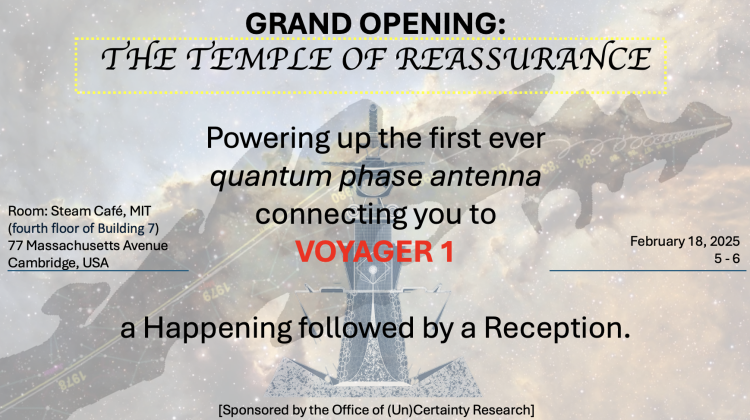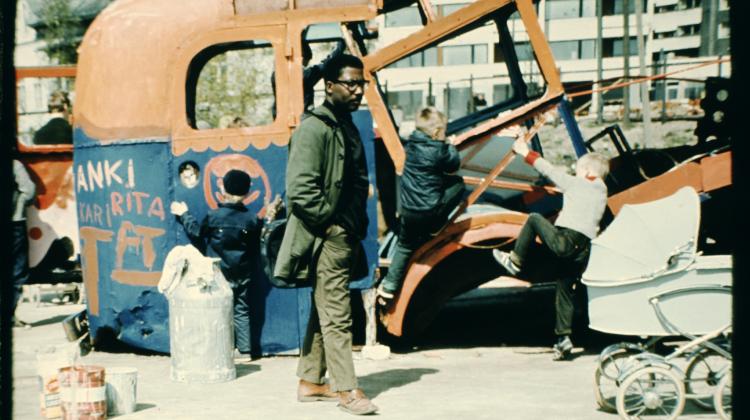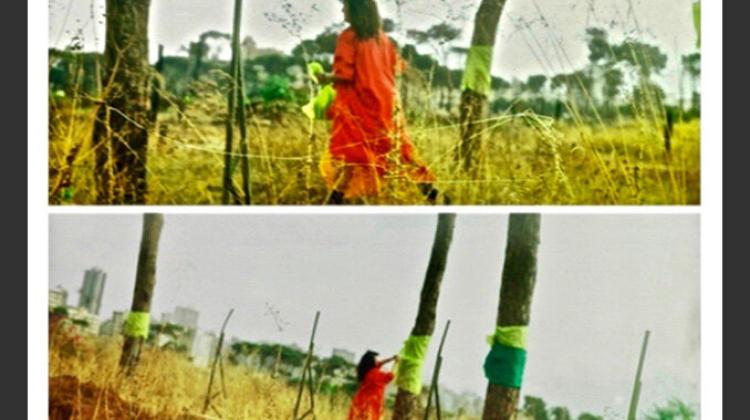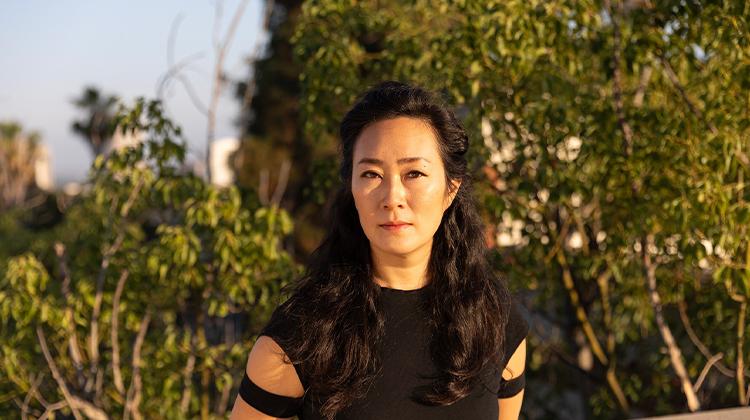Introduction to Islamic Architecture
This course offers a wide review of the history of Islamic architecture, tracing fifteen centuries of development across three continents — Asia, Africa, and Europe. Beginning with the House of the Prophet in Medina in the 7th century and culminating with the skyline of contemporary Dubai, the course presents architecture as both a material record and a cultural expression of the historical conditions in which Islam was formed, practiced, and continually reinterpreted.
Each session centers on a city, monument, or building type, while keeping sight of the larger narrative that links diverse regions and periods into a coherent story. Lectures analyze form, construction techniques, materials, style, ornament, and decoration, as well as the social, religious, political, and cultural frameworks that shaped architectural production. Particular emphasis is placed on the role of patronage and on the ways architecture served as a stage for identity, power, and community.
Cross-cultural exchanges are examined throughout, from the absorption of Late Antique traditions in early Islam to encounters with the West during the colonial and postcolonial eras. The course concludes by exploring the revival and reinvention of Islamic architecture in the modern age of nation-building, globalization, and rapid urban development.






